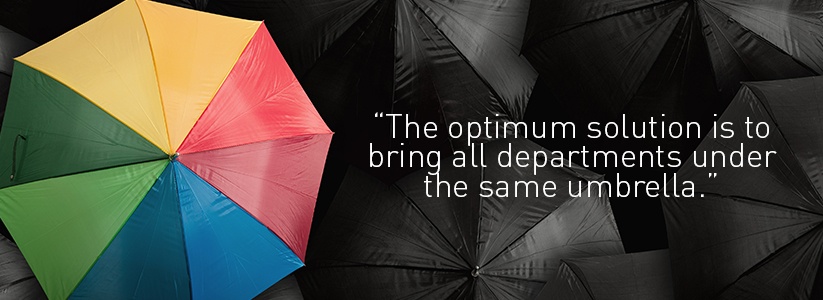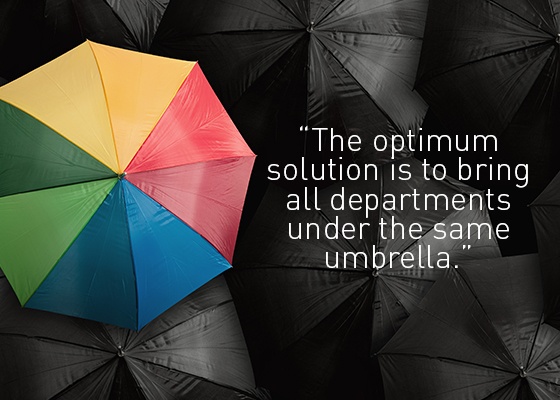Customers in community heating schemes have a number of touch points with their providers: from maintenance and repairs to billing and marketing.
In this blog we look at how providers can bring teams together to improve the customer experience.

Coordination between functions is an important factor to get right in order to ensure customer satisfaction and the smooth operation of community heating systems.
For leading district heating operators - whether a social landlord or private developer - this means one company carrying out the billing and maintenance.
With this in mind, the CIBSE and ADE’s Code of Practice specifies that heat scheme operators should have “joined-up” working between all elements of the supply chain, and in most cases a single organisation should be responsible for billing, problems and repairs.
By linking functions effectively, customer satisfaction can be the focus of enhanced internal communication and coordination. With each department working together more closely, adjustments can be made to enhance service.
For example, if maintenance is required at the residence of a vulnerable customer, the team doing repairs will be aware of this fact and the resident’s needs can be taken into account. In the event of a breakdown or complaint, action only needs to be taken once by a resident and information will be passed on to the relevant area. All this is works more smoothly the less interfaces between companies or departments.
Generally the customer already enjoys regular contact with the payment and administration part of the heat provider’s system. If departments are effectively linked, this established channel can be used to funnel communications through to operational teams and other departments. Similarly, information on planned maintenance or repairs can be delivered to the consumers through these same regular channels.
The interface between the building heating systems and the heat network is critical in delivering customer satisfaction. Having maintenance under the same organisational structure puts the responsibility for scheme performance in one places. The configuration and maintenance of the building connected to the district network or plant rooms can have a significant effect on performance especially around maintaining low return temperatures.
A single organisation also means there is less need for data sharing, which helps maintain data privacy for customers, and reduces the potential for errors. It also keeps costs down and reduces the need for software interfaces.
Any software system used needs to be designed to ensure privacy and protection of customers’ data, and it is important that the data is used only as needed to conduct business. Therefore, employees and contractors who work in the system should be required to work carefully to protect all customer information.
It is also easier to manage access to corporate equipment, as well as enforcing encryption and data storage rules if all departments are under one roof. Specialised software can protect systems and data by, for example, hiding or blocking out sensitive customer data to make sure employees who do not need access to certain information do not have access. If a third party requests data, it should only be granted if customers have already agreed to share their data for this purpose.
While coordination is possible among different organisations, the optimum solution is to bring all functions under the same umbrella. Whether or not this is possible, all involved must make sure they are singing from the same hymn sheet.
Takeaways:
- Good coordination between organisations or departments is recommended by the CIBSE Code of Practice.
- Coordination and cooperation are essential to enable a focus on customer service.
- This means a single, familiar channel of communications can always be used.
- Coordination of maintenance and operational issues enhances system performance.
- Bring everything under one roof cuts the need for data sharing.
- All software systems need to be designed with customer privacy in mind.
- Standard systems and procedures keeps things more streamlined and cost effective.



